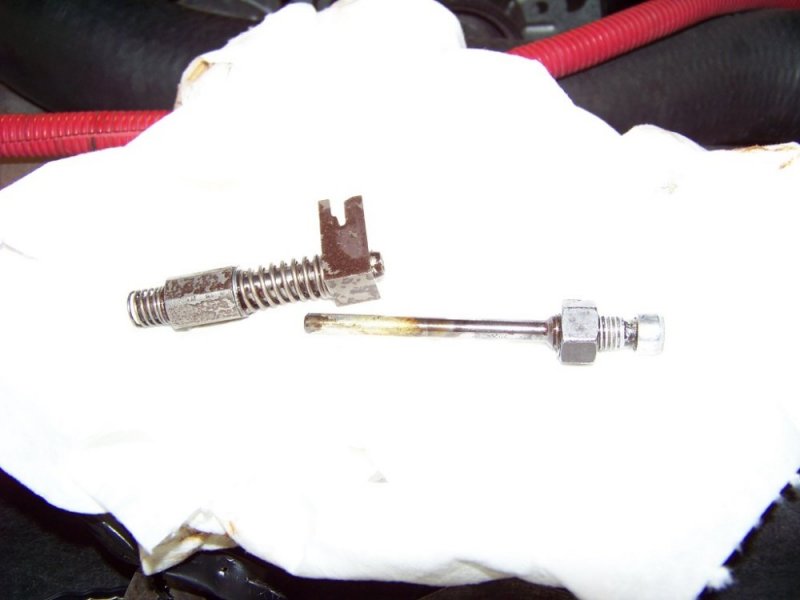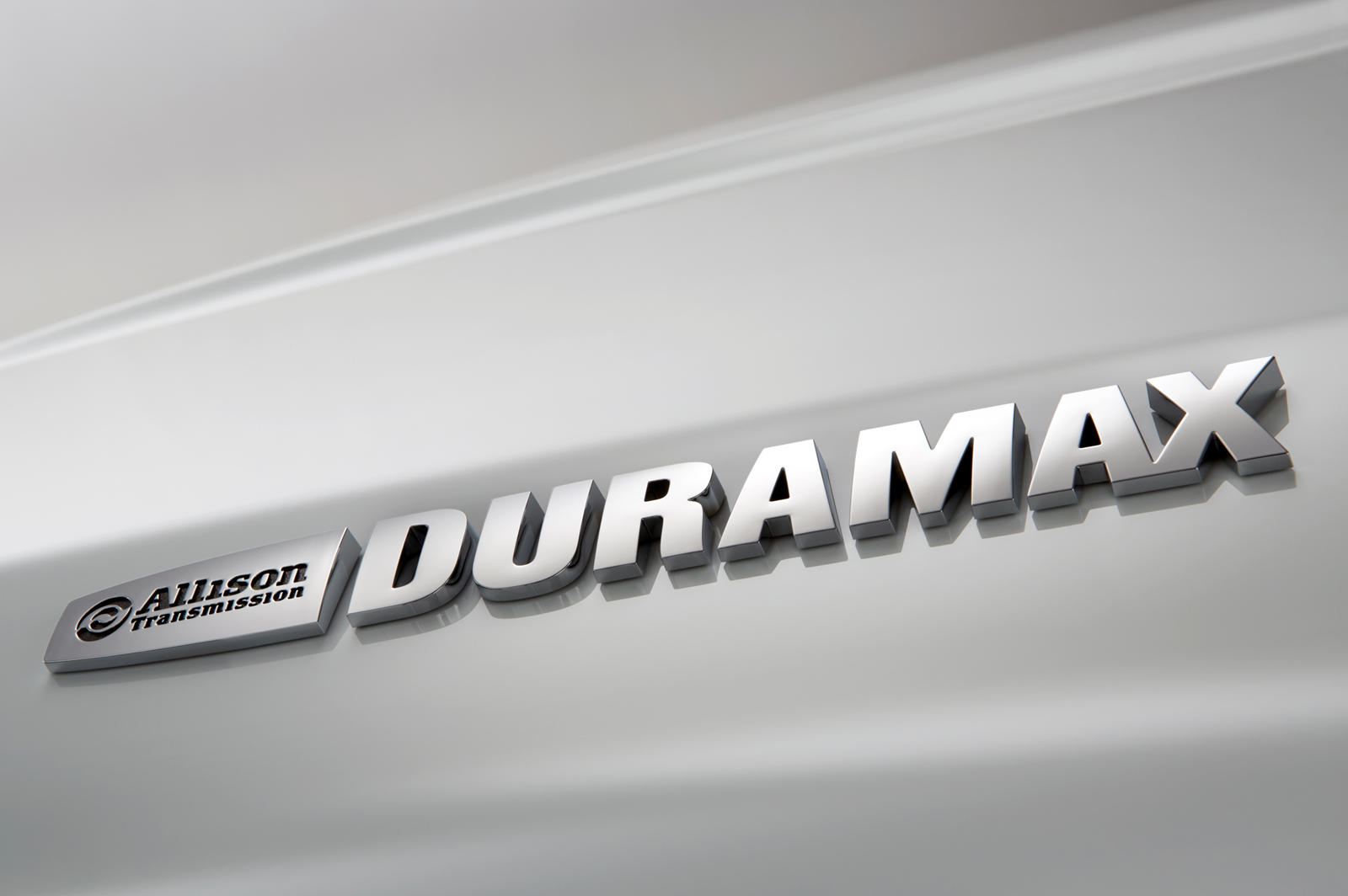Will L.
Well-Known Member
The cp4 lawsuit is only able due to social media and when so many people hear of the issue they band together - strength in numbers.
No doubt the ip replacement volumes which were mostly the pmd failures would have had its lawsuit(s) if we had the interconnectivity of modern times back then.
The issue that the cp4 design came about after the existence of non lubricant fuel should make it open and shut case, with one exception. Who says brand X shouldn’t be allowed to sell a poor performing product because they simply want to. Joke gum is sold that looks like a tasty treat yet can bring on vomiting in some. They have the right to sell what they want, at whatever quality they want and buyer beware.
There is a million ‘what ifs’ that GM could have done like better filtration, but it is their choice to raise the price of a truck to $250,000 to make it amazing, or cut corners where they choose.
‘Engine wear’ is the most common known long term issue and most that wear occurs at start up without oil pressure. A simple pre-oiler solves this and could be factory on every vehicle ever made. But no one mfr included it because it won’t make or brake the sale of the rig when it is new. So it has no marketing value. If 1 company did it for all their 2020 models and it did push their sales up taking sales from the competition, all mfrs would have it in their line by 2022. Then no advantage exists and all mfrs loose $ in the end. It’s like M.A.D. in the nuke arms race. They all know the outcome, so no-one acts first. Exceptional fuel filtering (or any filtering) is the same thing. GM might get but this one time over the cp4, but this is one of thousands of gambles made.
People driving with wif light on is their own fault. Correct on “can’t fix stupid”.
People drive when temp gauge shows overheating. People driving with a brake warning light on. But to be fair, individuals have to make the judgment when to push their luck. Improvements could be made by yellow vs red indicating lights. But you still should leave the end decision to to driver. I know when my 6.5 is at 250f I am ruining the engine, but if I am driving someone to a hospital who is minutes from death- I choose person over engine.
Same thing of sacrifice fuel system that some water just got sucked up from tank and an engine forced off as engine safety but maybe I am in heavy traffic and need to get out of traffic before stopping. Like why is lift pump on factory vehicle flow on fail vs aftermarket engine dies? Safety of driver and other surrounding cars.
My fix is I want audible danger buzzer and separate danger light when I my rig overheats, low coolant level, low oil pressure, low oil level, low fuel pressure. Because even though I try to be attentive failures can be instant.
Because of power steering and power brakes, I consider adding electric backup to the p/s pump like older hd trucks had so can be safer getting out of freeway traffic on engine failure. But that doesn’t mean GM, or AM General was wrong for not including it.
No doubt the ip replacement volumes which were mostly the pmd failures would have had its lawsuit(s) if we had the interconnectivity of modern times back then.
The issue that the cp4 design came about after the existence of non lubricant fuel should make it open and shut case, with one exception. Who says brand X shouldn’t be allowed to sell a poor performing product because they simply want to. Joke gum is sold that looks like a tasty treat yet can bring on vomiting in some. They have the right to sell what they want, at whatever quality they want and buyer beware.
There is a million ‘what ifs’ that GM could have done like better filtration, but it is their choice to raise the price of a truck to $250,000 to make it amazing, or cut corners where they choose.
‘Engine wear’ is the most common known long term issue and most that wear occurs at start up without oil pressure. A simple pre-oiler solves this and could be factory on every vehicle ever made. But no one mfr included it because it won’t make or brake the sale of the rig when it is new. So it has no marketing value. If 1 company did it for all their 2020 models and it did push their sales up taking sales from the competition, all mfrs would have it in their line by 2022. Then no advantage exists and all mfrs loose $ in the end. It’s like M.A.D. in the nuke arms race. They all know the outcome, so no-one acts first. Exceptional fuel filtering (or any filtering) is the same thing. GM might get but this one time over the cp4, but this is one of thousands of gambles made.
People driving with wif light on is their own fault. Correct on “can’t fix stupid”.
People drive when temp gauge shows overheating. People driving with a brake warning light on. But to be fair, individuals have to make the judgment when to push their luck. Improvements could be made by yellow vs red indicating lights. But you still should leave the end decision to to driver. I know when my 6.5 is at 250f I am ruining the engine, but if I am driving someone to a hospital who is minutes from death- I choose person over engine.
Same thing of sacrifice fuel system that some water just got sucked up from tank and an engine forced off as engine safety but maybe I am in heavy traffic and need to get out of traffic before stopping. Like why is lift pump on factory vehicle flow on fail vs aftermarket engine dies? Safety of driver and other surrounding cars.
My fix is I want audible danger buzzer and separate danger light when I my rig overheats, low coolant level, low oil pressure, low oil level, low fuel pressure. Because even though I try to be attentive failures can be instant.
Because of power steering and power brakes, I consider adding electric backup to the p/s pump like older hd trucks had so can be safer getting out of freeway traffic on engine failure. But that doesn’t mean GM, or AM General was wrong for not including it.



